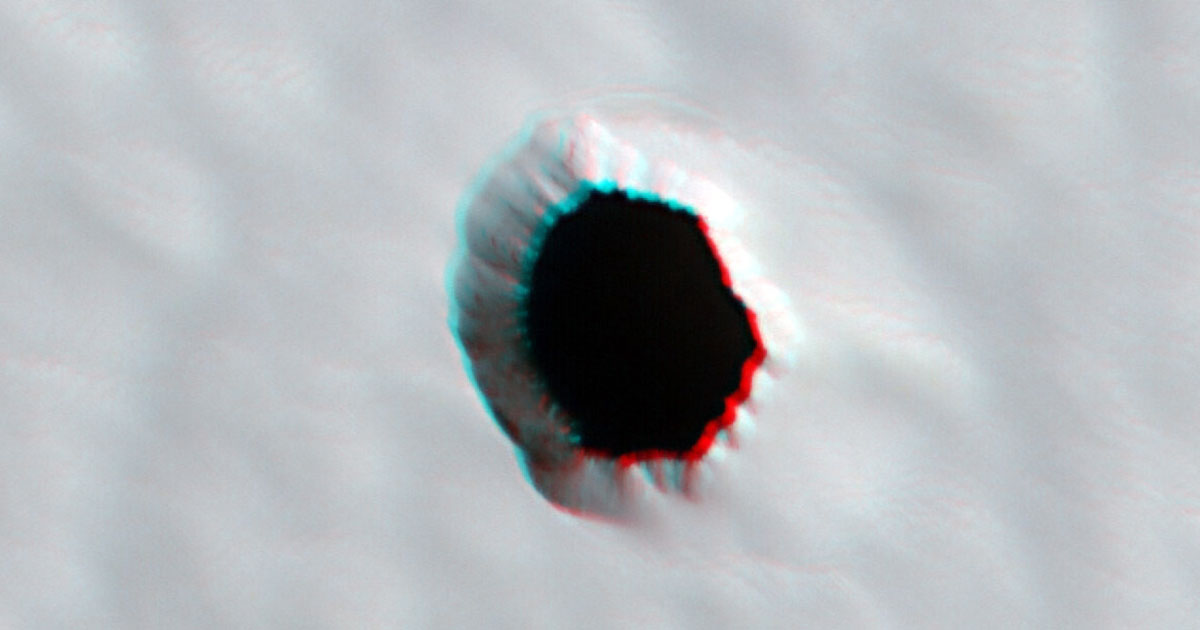
NASA's Mars Reconnaissance Orbiter (MRO) has discovered another intriguing formation on the planet's barren surface. Despite their best efforts, scientists can only guess as to how exactly holes like this one were formed.
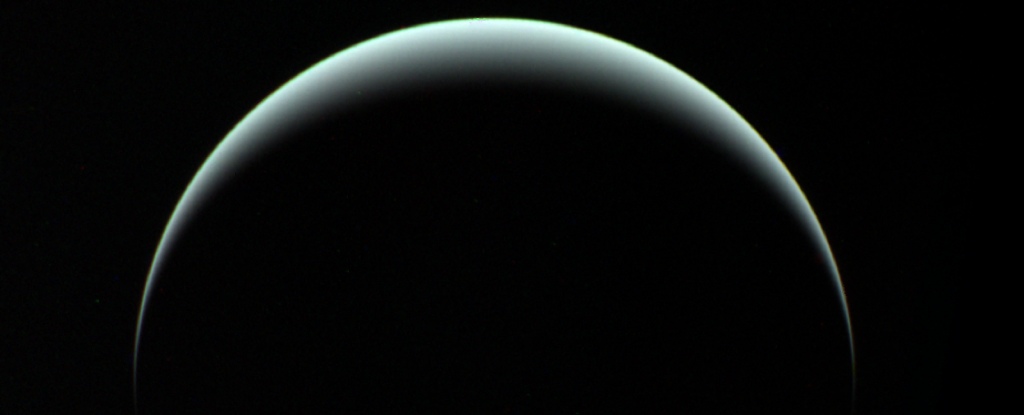
One of the most peculiar things about Uranus and Neptune is their magnetic fields.
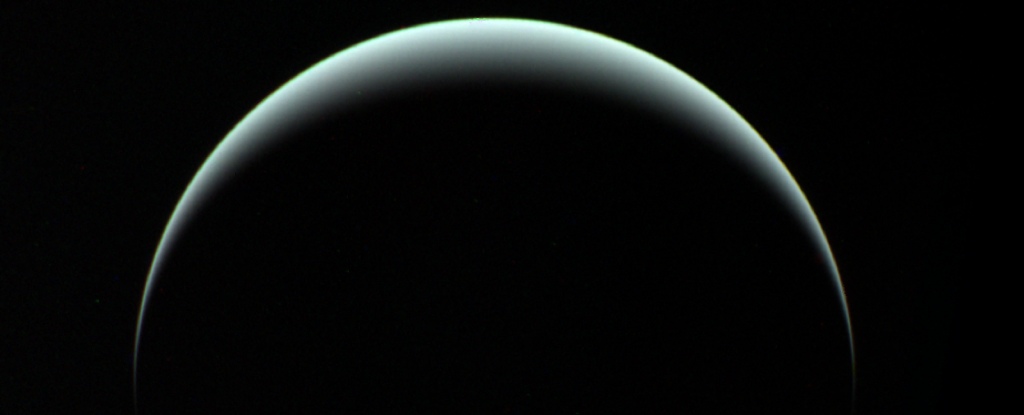
One of the most peculiar things about Uranus and Neptune is their magnetic fields.
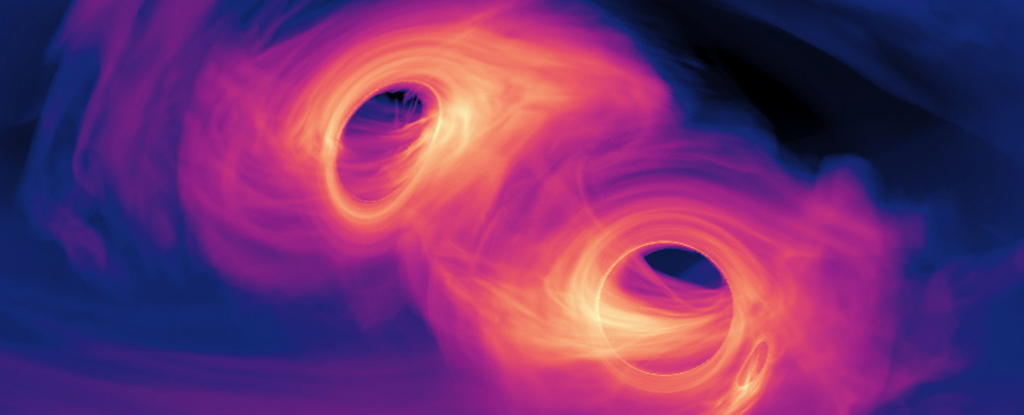
The researchers say that these black holes mergers are a window into Hawking Radiation. When black holes merge, they may create so-called "morsel" black holes the size of asteroids that are ejected into space.
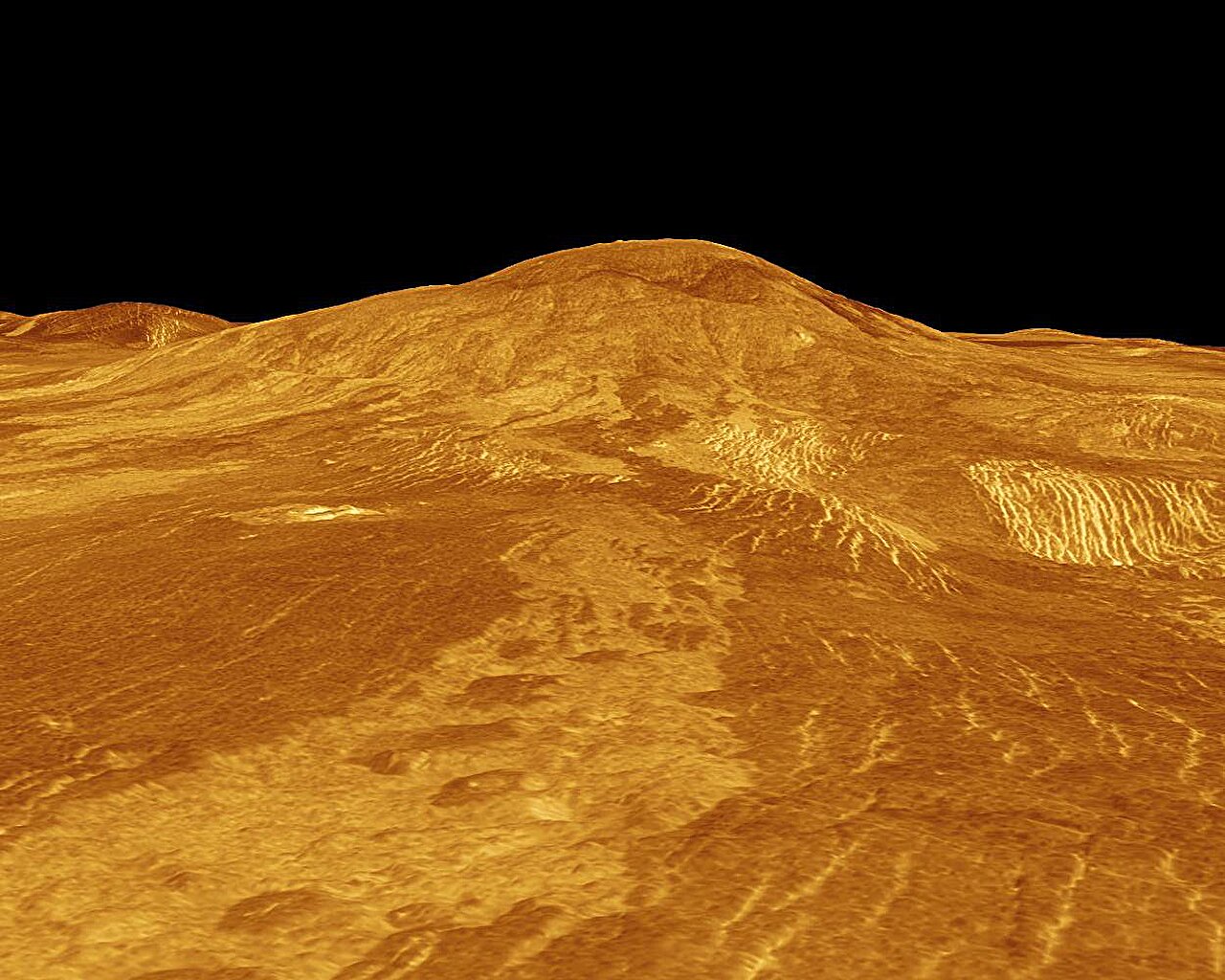
A new analysis of data collected on Venus more than 30 years ago suggests the planet may currently be volcanically active.
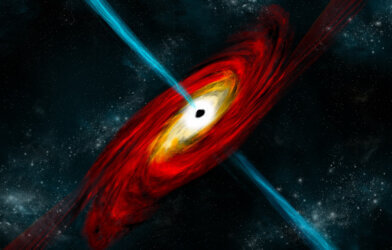
It turns out that certain black holes act just like the terrifying sci-fi battle station, spinning around to fire giant beams at various targets in the cosmos.
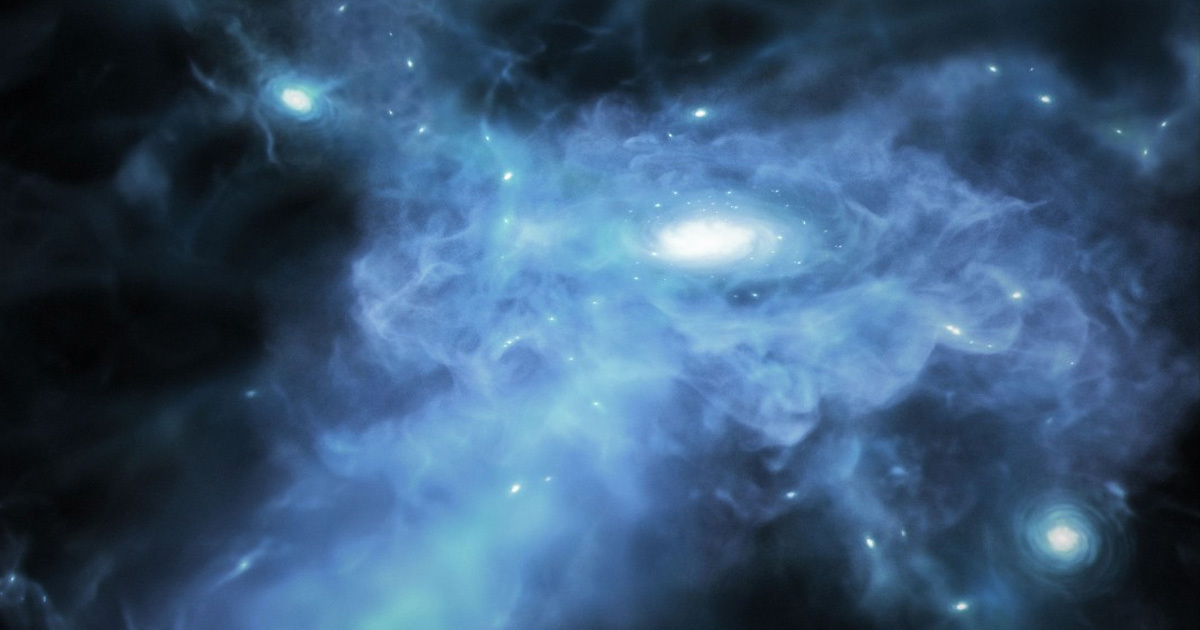
Using the James Webb Space Telescope, researchers observed the birth of some of the youngest galaxies ever witnessed.
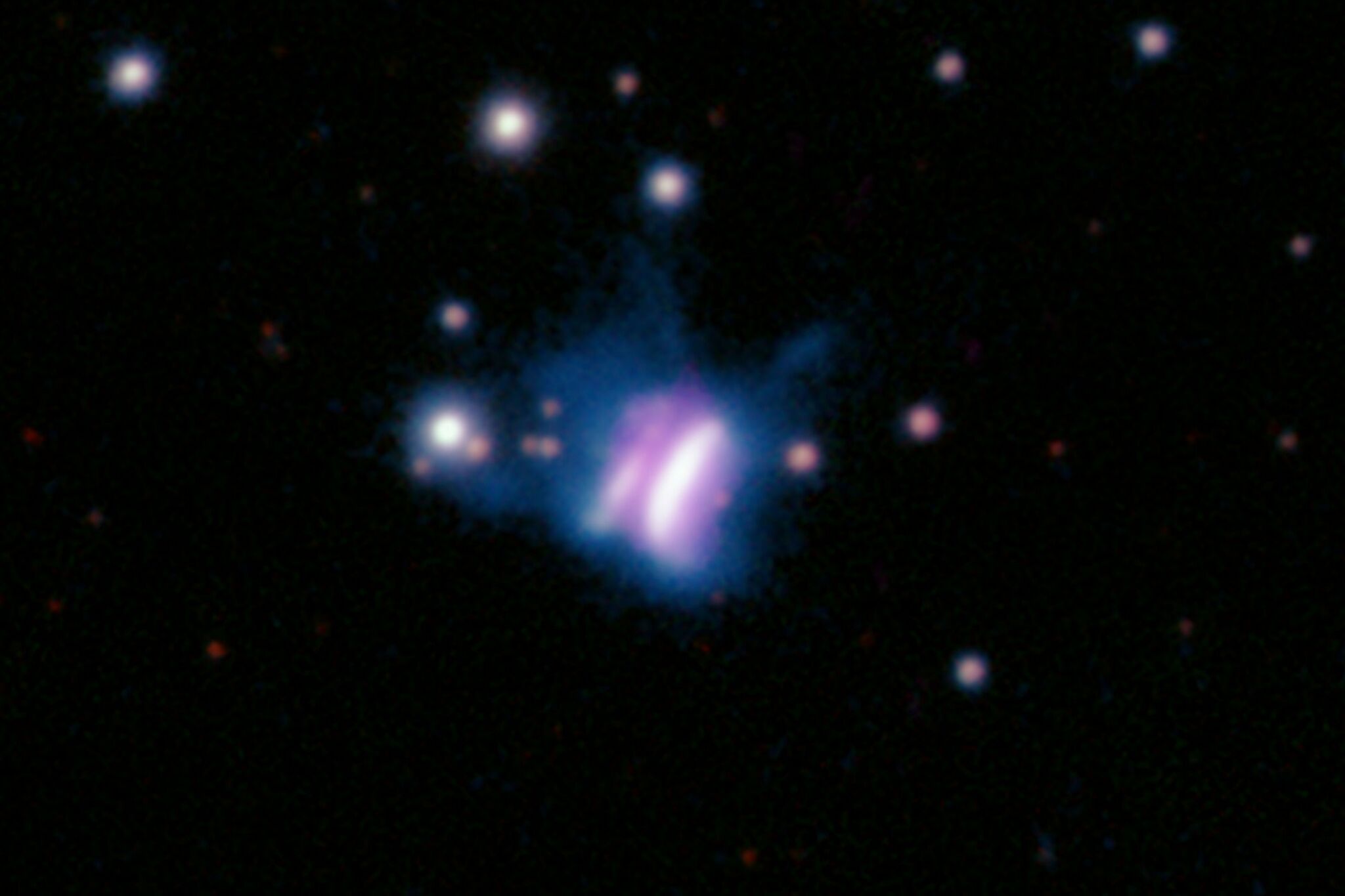
Astronomers discover the biggest planet-forming disk ever and it resembles a butterfly.
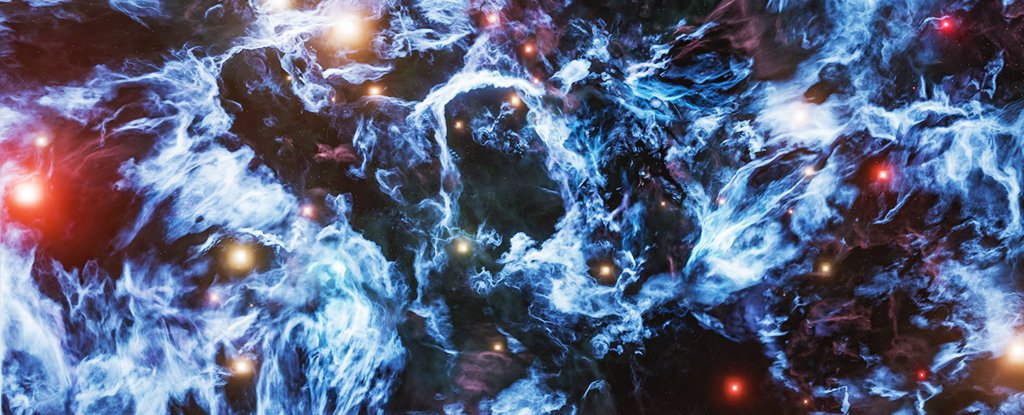
A new study suggests that gravity becomes about 1% weaker at very large scales. If gravity behaved according to Einstein's theory, then this 1% difference shouldn't exist.
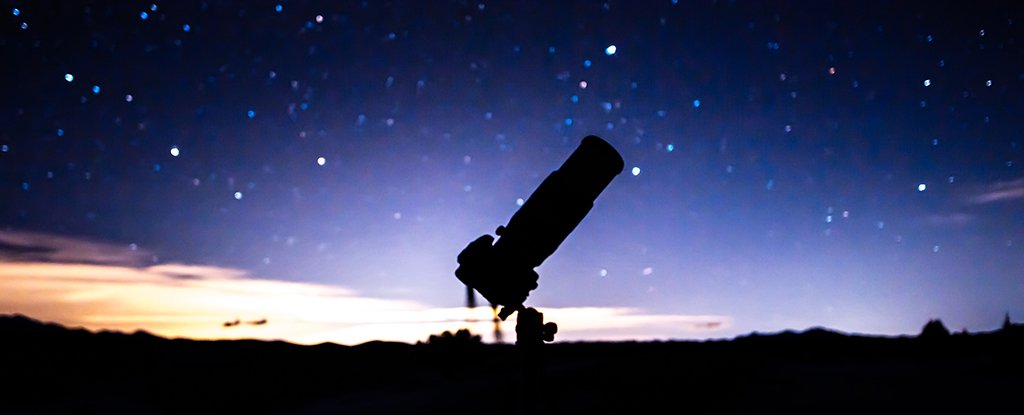
Six of the planets of the Solar System are about to line up for a rare sight in Earth's sky.

Dubbed Gliese 12 b, the planet takes 12.8 days to orbit a star that is 27% of the sun's size. The planet is about the size of Venus, so slightly smaller than Earth, and may be temperate enough to support life, the researchers said.
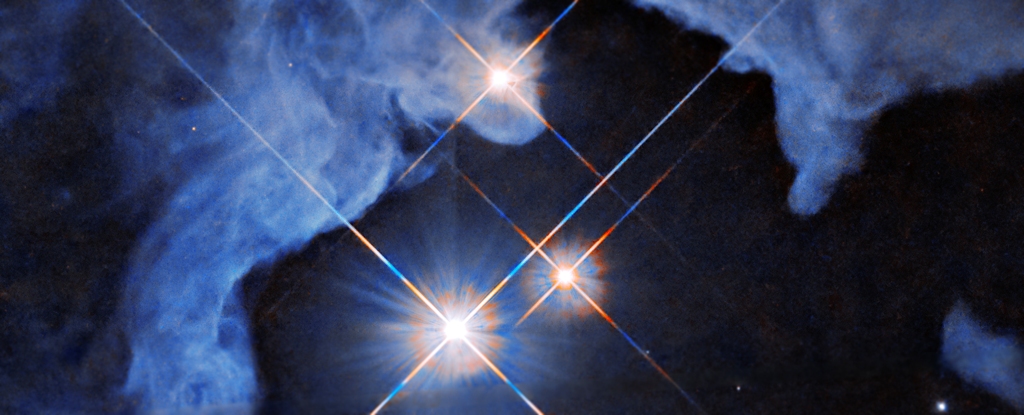
Another amazing image has been released that shows the triple-star system HP Tau, HP Tau G2, and HP Tau G3. HP Tau is so young that it hasn't started to fuse hydrogen yet and is only 10 million years old!
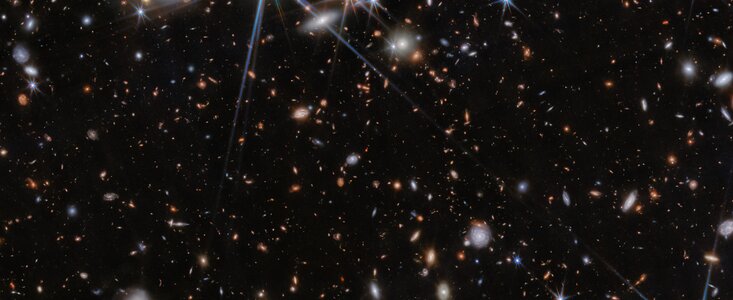
An international team of astronomers have used the NASA/ESA/CSA James Webb Space Telescope to find evidence for an ongoing merger of two galaxies and their massive black holes when the Universe was only 740 million years old.
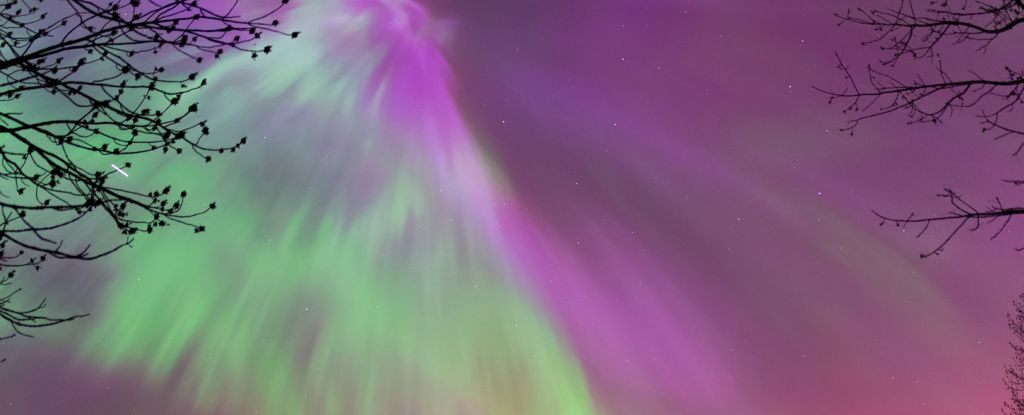
A solar storm that filled Earth's skies with shimmering curtains of light in May 2024 was so intense that its effects were felt, even at the bottom of the ocean.

Astrophysicists discovered that an exoplanet is covered with so many active volcanoes that seen from a distance it would take on a fiery, glowing-red hue.